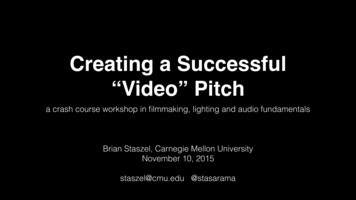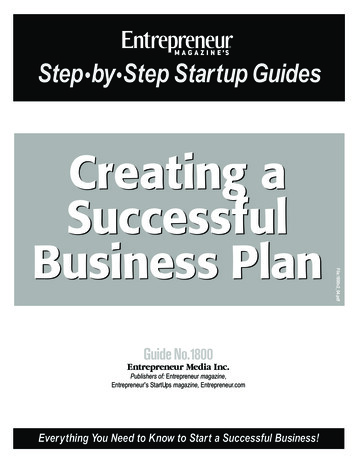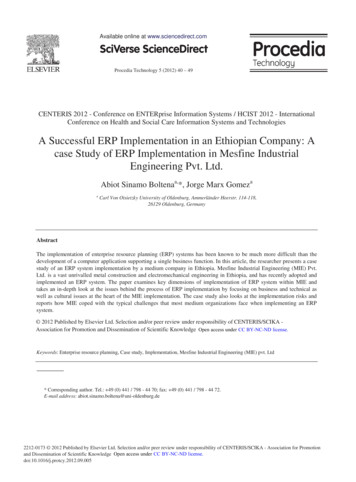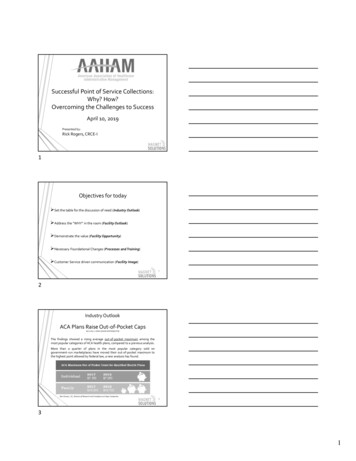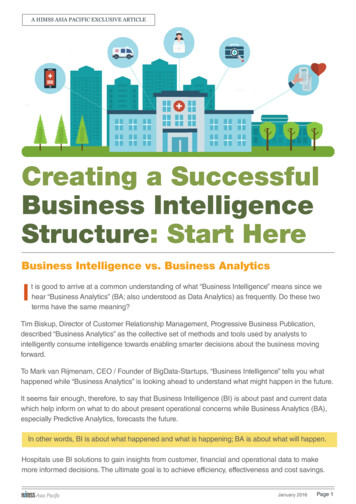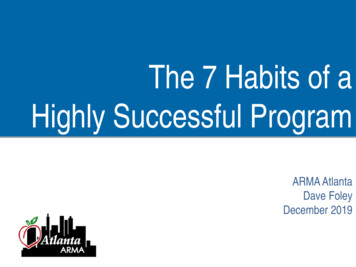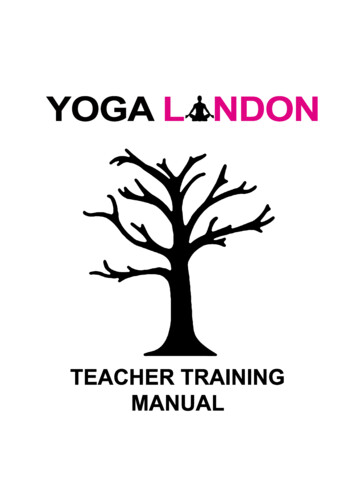
Transcription
Invocation for a successful training togetherOm.May we both (teacher & student) be protectedMay we both be nourishedMay we work with full energyMay our studies together be filled with brilliance and be effectiveMay there never be ill-will between usOm Peace Peace PeaceOmsaha navavatusaha nau bhunaktusaha viryam karavavahaitejasvi navadhitamastuma vidvishavahaiom shanti shanti shanti
YOGA LONDON TEACHER TRAINING MANUALTable of ContentsOverview . . 1About Yoga London Teacher Training . . 1Group Rules 2History & Philosophy . . .3What is Yoga . .4Atman (True Self) .5Brahman (Universal Consciousness) . 5Chitta Vritti Nhirodha . .6Yoga as a Health Management System 8The Tree of Yoga . .7Ancient Vedic Texts . . 7Shad Darshana - Six Philosophical Systems. . .8Diagram: The Yoga Tree .10Paths of Yoga .12Wheel of Yoga . .12Raja Yoga .12Hatha Yoga .13Jnana Yoga .14Bhakti Yoga .14Karma Yoga .15Mantra Yoga .15Tantra Yoga .15The Yoga Sutras of Patanjali . .16Who is Patanjali?. . .16Key Words . . .16Perspectives on the Yoga Sutras . .17The Eight Limbs of Yoga . . .19Yamas & Niyamas . . .19Asana, Pranayama & Pratyahara. . 19Dharana & Dhyana . .20Samadhi . .21Ayurveda . .22Introduction to Ayurveda .22History of Ayurveda .22Holism and the Concept of Health in Ayurveda .23The Mahabhutas . .24Balance of Doshas. .25
The Principle of Opposites .26Ayurvedic Anatomy & Physiology. .27Ayurveda & Yoga – Two Approaches to Life .28Doshas & Gunas .29Conclusion 30Samkhya-Yoga Cosmology .31Background Information . .31The Concept of Duhkha . .31Tattwas .32Pancha Kosha . .34Individual Sheaths 34Nadis, Chakras & Kundalini . .37Nadis .37Kundalini .37Chakras 38Chakra Chart . .40Yoga Techniques . 41Five Main Ingredients of Vinyasa Flow Yoga . .42Asana.42Vinyasa .42Pranayama .43Bandha .43Drishti .43Asana – Physical Yoga Postures .45How many asana are there?.45Overview of Class Components . .45Vinyasa – Linking Poses in a Special Way . .47Origins .47Surya Namaskara Mantras . 47Ode to Patanjali. . .48Pranayama – Breath Control. .49Five Types of Prana .49Deep Abdominal Breathing .50Full Yogic Breathing .50Kapalabati . .50Anuloma Viloma .50Sitkari/Sitali .51Bramari .51Bandhas – Energy Locks .52Mula Bandha 52
Uddiyana Bandha .53Jalandhara Bandha .53Drishti – Gaze .55Nine Official Drishti 55Benefits of Drishti 55Other Yoga Techniques . 57Mudras – Gestures 58Jnana/Chin Mudra .58Yoni Mudra .59Bhairava/Bhairavi Mudra 59Hridaya Mudra .59Mantras & Kirtan . . . . 60Shanti Mantra . .60Asato Ma Sadgamaya. .60Gayatri .61Saguna Mantras .61Nirguna Mantras .61Kirtan . . . .61Radha Krishna . .62Vande Gurudev . .62Devi Devi Devi .62Jaya Ganesha Deva .62Jaya Siva Sankara 62Rama Bolo 62Sri Raghunatha .62Krishna Keshava .62Insight Meditation 63Introduction .63Hindrances to Meditation .64Four Foundations of Mindfulness .65The Four Noble Truths .66The Eightfold Path .67Loving-Kindness Meditation .68Yoga Nidra .70What is Relaxation .70Eight Stages of Yoga Nidra 71Shat Karmas - Six Yogic Purification Methods .74List of Practices .74Jala Neti .75Developing a Personal Practice .76
Teaching Yoga . .79Teaching Methodology 80Methods of Learning . .80Verbal Adjustments . .80Demonstrations . .81Physical Adjustments . .81Vinyasa Krama . .84Structuring a Vinyasa Flow Yoga Class .84Basic Sequencing Rules . .84Six Week Course for Beginners 85Class Themes 85Time Allocation Chart .87Sequence A: Beginners Modified Primary 88Sequence B: Improvers Modified Primary 89Sequence C: Vinyasa FlowSequence . .90Adapting the Class for Different Groups .91Restorative Yoga Classes .91Power Yoga Classes .931-2-1 Yoga Classes .95Pregnancy Yoga Guidelines .97Creating a Sacred Space .99Classroom Organisation . .99Before the Class Even Starts . 100Teachers Attitude 101Using Music in Your Class .102Ethical Guidelines .103Observation Sheets . 104Suggested Reading List . . 108Sequence Sheet: Exam Sequence . 110
[1]Introduction: YogaLondon Teacher TrainingYogaLondon offers a dynamic Vinyasa Flow training, incorporating elements from many yoga traditions.Creative sequences are linked together using the art of vinyasa, to create a fluid, dance-like style. The joy ofmovement is explored as it takes its essential journey of Movement into Stillness. The school was created tobring the practice of yoga into students’ everyday lives; making yoga accessible to everybody no matter theirbackground, age or physical ability. It is a common turn of phrase that Yoga means Union, but many havedecided to understand unity as similarity. We believe that through the practice of yoga we can encouragediversity, and help each student develop their own unique pathway.We're not here to turn out cookie-cutter replicas ofourselves. Yoga is a personal practice, and bothyour teaching and your practice should alwayscome from the heart. As you progress with yourpractice you should look more and more likeyourself and less like anyone else. For this reason,the school is based on the founding principle: Unityin Diversity.Confidence & Joy:The joy of moving the body, hearing the breath andsetting free the voice are all things that free thespirit.Independence:Yoga is a self-contained practice in which you neednothing but your own commitment. Yoga can betaken anywhere in the world for the rest of your life.Yoga means different things to different people. Tosome it is a physical practice that brings balanceand ease to their body. For others, it is a body-mindpractice, bringing not only physical health benefitsbut also encouraging mental and emotional wellbeing. For those who choose to see it in its fullglory, yoga is a practice for body, mind and spirit. Itteaches us why we are here, what we should do withour days, and where we are going.Change & Growth:Yoga has the possibility to change people's lives.Each tiny improvement on the mat can reflect achange in your life. Anything becomes possible.Each student who becomes a teacher is responsiblefor the future vision of yoga. The responsibility ofhow yoga is perceived is tied in with the mannerand skill with which it is taught, and with theintegrity with which a yoga teacher lives. We hopethe teacher’s life will be lived with authenticity,truthfulness and joy.Stretching back thousands of years, thefundamentals of yoga have always stayed the same;but each generation brings a new slant relevant totheir era. This evolution of the yoga tradition shouldbe celebrated. It is a living, breathing philosophythat can foster: YogaLondon Ltd 20091Teacher Training Manual
Group RulesIn order to create a harmonious course we offer the following group rules:Commitment to the Training:Please be ready to commence all lectures at the official start time. Being more than 15 minutes late willcount as an absence from that class.If (through extenuating circumstances) you are unable to attend a session or will be late, contact thecourse leader via telephone. If there is no answer, a message must be left on the voicemail.Certification cannot be given until all hours are complete. Any classes missed will need to be deferred ortaken privately, and both options incur a charge.Written homework counts towards certification on the training. Please submit all homework by thescheduled deadlines, including journals and observations.The Centre:Please abide by the rules of the centre in which you are training, and conduct yourself harmoniouslywith the people you meet there.It is the student’s responsibility to keep the studio clean, including clearing wrappers, cups and crumbsafter lunch.Shoes should be removed at the door, and all belongings neatly stowed.Store all yoga equipment in the relevant places at the end of each training day.Only leave designated items overnight at the studio.Refrain from bringing pungent foods into the studio space.Equipment & Handouts:Please look after your Teacher Training Manual and write your name in all of your set texts. Lostmanuals may be replaced at a cost of 20 (subject to availability).Refrain from using any of the electronic equipment located in the space without direct permission fromthe course leader.All handouts should be downloaded from the student portal.Conduct:Both speaking and listening are key skills for a yoga teacher. Encourage group discussion by activelyparticipating in debates and giving others time to talk.During all classes please turn off your mobile phone.Developing a daily yoga practice is crucial. It is the student’s responsibility to practice the techniquesthey have been shown between training weekends. If you are struggling, ask your course leader forguidance. YogaLondon Ltd 20092Teacher Training Manual
History &Philosophy
[1]What is Yoga?“A school of Hindu philosophy advocating and prescribing a course of physical and mental disciplinesfor attaining liberation from the material world and union of the self with theSupreme Being or ultimate principle.”Dictionary.com“A set of physical and mental exercises. which is intended to give control over the body and mind.”Cambridge DictionaryThe word Yoga comes from the Sanskrit root ‘yuj’, meaning "to yoke" or "to harness". This term is open to agreat deal of interpretation and has changed in meaning through time. It is often considered to be the union ofbody, mind and spirit/soul. Some branches of yoga philosophy regard it to be the union of the True Self withThe Supreme (in the form of a God or Universal Consciousness).Is yoga a religion? Although born out of theBrahminical (Hindu) tradition, there is norequirement to believe in one particular deity. Infact, you need not have any religion at all to be ayogi/yogini. Many religions are based on the notionof faith. Yoga is instead based on experience. Youmay simply follow the yogic path and experiencethe results yourself. It should be noticed howeverthat faith in the yoga practices, and in oneself, isnecessary.1. Is yoga a religion, a philosophy,or a science?Many people are justifiably confused as to whetheryoga is a religion, a philosophy, or a science.Indeed, many are confused as to what these termsreally mean.Is yoga a philosophy? Philosophy is not somethingthat you ‘learn’, but something that you mentally‘do’. Philosophy asks you to engage in a debate andto use logical arguments to reach a conclusion (ornot!). While there are definitely philosophicalschools and questions in the yoga tradition, yoga isnot a theoretical concept to think about. This is whyyoga cannot be learnt from a book. Yoga is 99%practice, 1% theory. YogaLondon Ltd 2009Is yoga a science? Science follows objective andrepeatable processes to draw empirical results. Asyoga is a process that goes on within (or perhapseven beyond) the mind, it is difficult to put it tosuch tests. However, the are some people who drawparallels between yoga and science, stating, "Justlike science says experiment, yoga says experience.4Teacher Training Manual
Experiment and experience are the same; just theirdirections are diff
YogaLondon offers a dynamic Vinyasa Flow training, incorporating elements from many yoga traditions. Creative sequences are linked together using the art of vinyasa, to create a fluid, dance-like style.



